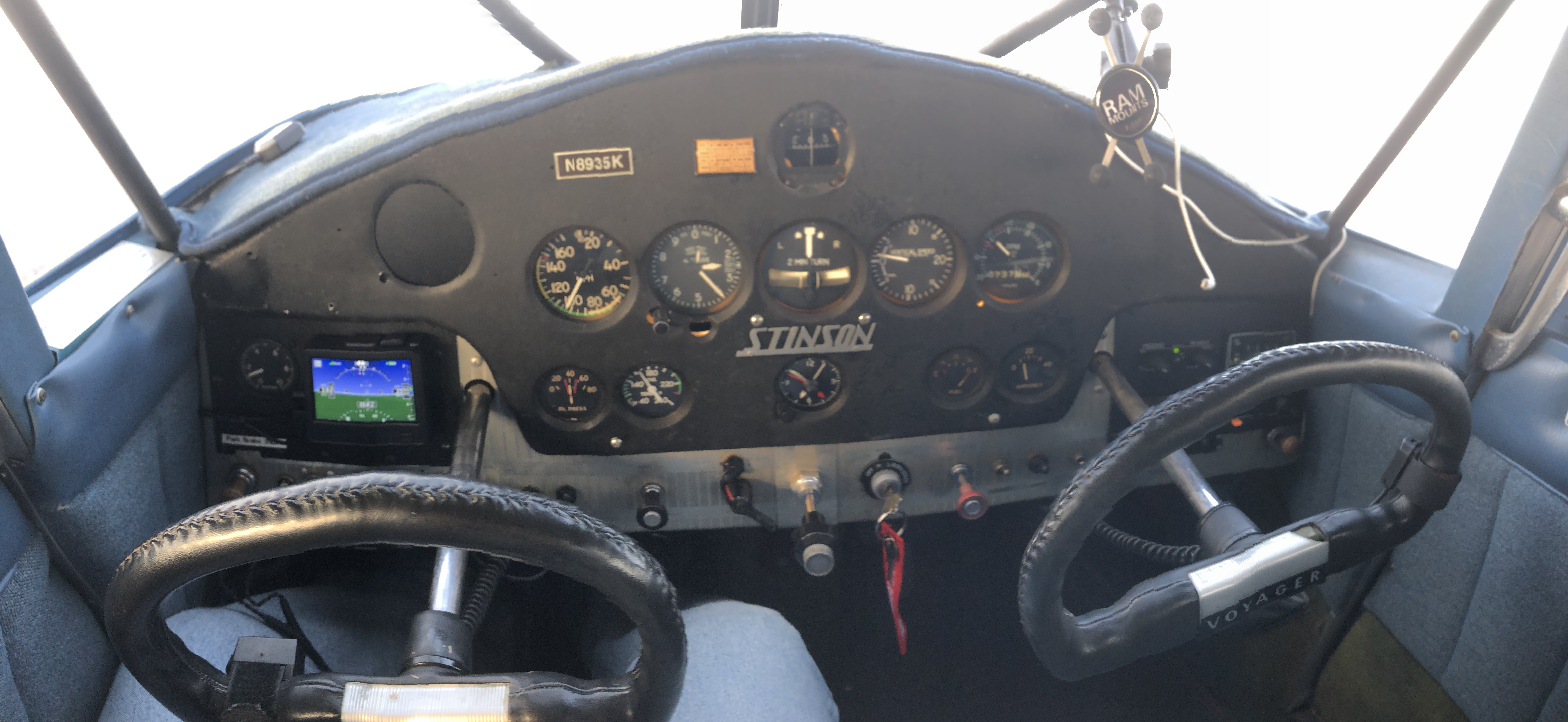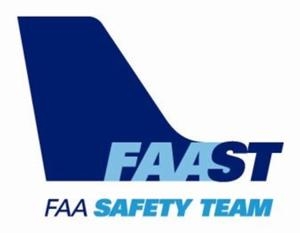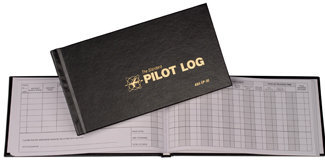Releasing its 20 Year Aerospace Forecast, the FAA has again highlighted important considerations for the aerospace industry. Noting growth in the U.S. domestic passenger carriage sector over the next 20 years, the FAA credited positive economic indicators and lower overall oil costs that airlines experience. Coupled with this is an expected continued growth in regional jets, which we all know will continue to need pilots to keep them flying. While many factors were noted and considered in the report, a couple directly relate to the training industry.
The full report highlights the fact that mainline airlines are credited with greater numbers of enplanements (they fly aircraft that carry more people) they also typically have a higher “revenue per mile” than the “regional” airlines. To some degree this has been corollary with the efforts of regional airlines to fly aircraft with greater seat loads while at the same time the FAA notes that “the regionals have less leverage with the mainline carriers than they have had in the past as the mainline carriers have negotiated contacts that are more favorable for their operational and financial bottom lines.” It goes on to note that, “Furthermore, the regional airlines are facing some pilot shortages. Their labor costs are increasing as they raise wages to combat the pilot shortage while their capital costs have increased in the short term…” Continue reading



